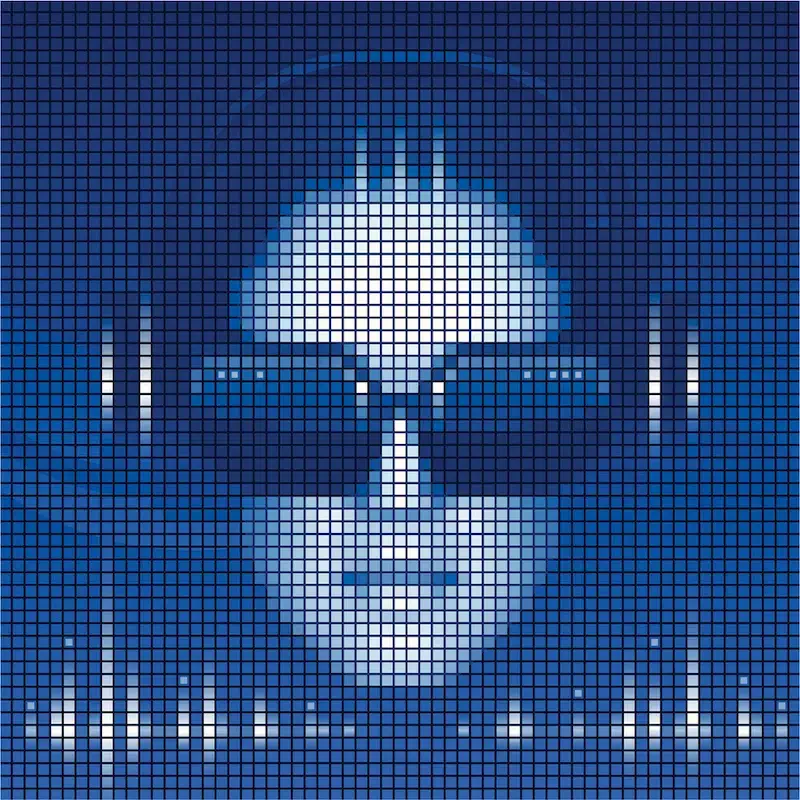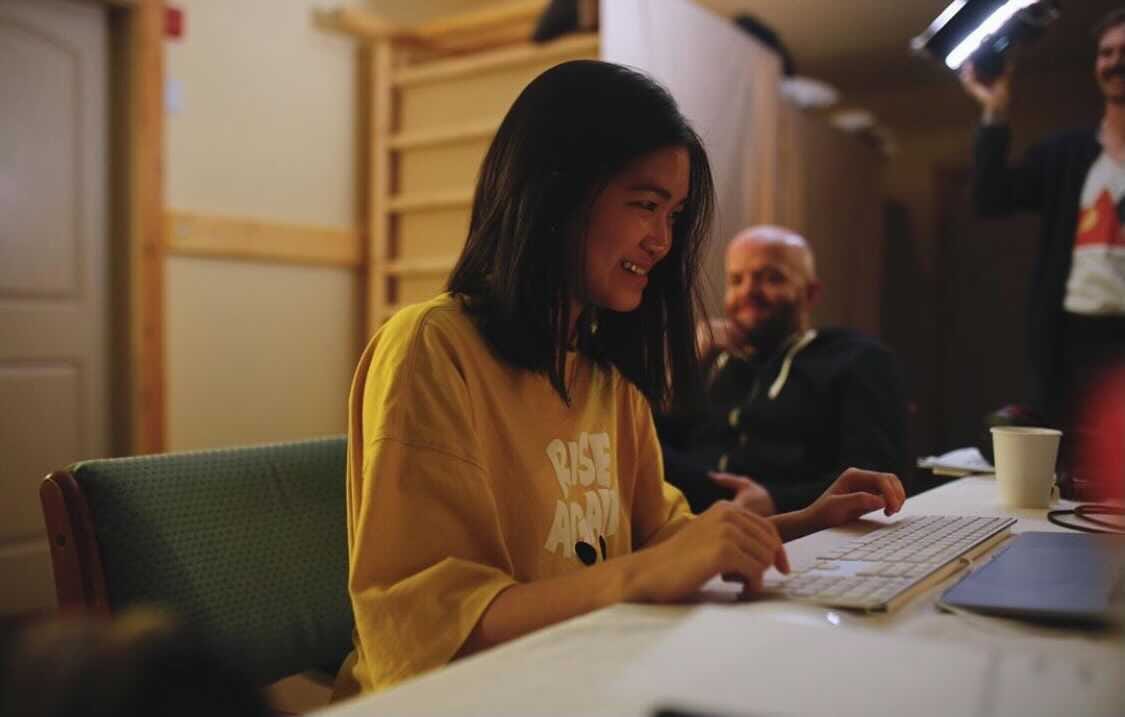Sound Division

My first day of audio engineering school, a cloudy day in Vancouver, B.C., back in January of 2019, was supposed to be the exciting start of what would lead me to my new career. But all I can remember from that day, aside from the impressive amount of audio gear around me, is sinking back into my seat as I felt all the eyes in the room on me. It wasn’t hard to figure out why. I was one of two women in that room full of men. At the time, I knew that this would be significant in some way, but I wasn’t sure how. I had read the statistics — women made up a small percentage (about 5–7%) of professionals in the audio industry. I had always shrugged it off as just a number. Well, after I finished my program, I realized why that number was so small.
It was intimidating.
There wasn’t a single moment where I was able to forget that I was the minority in every one of my classes. I couldn’t explain this feeling at the time, I just knew that I felt this immense amount of pressure. I would work my hardest and excel but my success was thrown back in my face with comments describing me as being a “try-hard” or “too bossy.” It was more frustrating to see that when men exhibited the same traits, it was expected or even met with praise. I began to walk a line between standing out enough in order to impress my instructors and keeping quiet so as to not step on the toes of my classmates.

Being A Woman In Audio
“I almost feel like the perception of how it is to be a woman in audio can often make you feel timid and not as confident in your own skillset, even if it’s not truly what ends up happening in your workplace.” — Robyn Edgar, Sound Designer at Pacific Content
Many women battle with the infamous Imposter phenomenon in their careers (also known as Imposter Syndrome). Even after I got through my post-secondary schooling and found companies that would value me as an engineer/sound designer, it was still a tough feeling to shake. To this day, I’ll go through times of being confident in my work to wondering if I even belong in this industry. From the stories I’ve heard from friends and coworkers in audio, I can say that this is a common experience for women. Women who are in professions dominated by men often feel as though they must constantly be exceeding expectations to prove themselves. While I am still battling this feeling, I have found that it helps to speak to or seek out stories from other women in the industry because they often have similar experiences. This helps to remind me that I am not alone in this fight and there are others out there that are just as enthusiastic about the issue.
“I think a lot about representation and the importance of young women seeing other women in high-level audio jobs.” — Olivia Quan, Sound Designer at Pacific Content
The lack of representation in this industry affected me. I started putting pressure on myself because I felt that everything I was doing as an audio professional was reflecting all women in some way. If I messed up, would this company not want to hire women anymore? I wondered for a long time about what could be done to create a more welcoming space for women and while I’ve not come up with the ultimate answer to solve this problem, I believe that the first step would simply be to hire more women.
Hiring Women in Audio
I brought this simple idea of hiring more women to Shawn Cole, Head of Audio at Pacific Content. As someone who hires and recruits, I wanted to know his take on the issue:
“I realized years ago that I needed to do better and actively hire more women if I ever wanted to feel like I was helping what has been a problem for as long as I’ve been in the industry. A colleague of mine recently told me that he “only listened to the demo reels” and hired on the quality of submission alone, regardless of gender. That’s just not enough. It takes more work than that. Thankfully there are databases I’ve found which have been instrumental in my hiring work. The EQL database put together by soundgirls.org is an incredible resource. As is the POC in Audio database.
What does doing more work than that look like? Other than casting a wider search for new recruits, supporting women who are just getting started in the industry can make a big difference. Again, I asked Shawn about what more than that means to him when it comes to new hires.
It’s crucial to acknowledge that less experience on a resume is likely a symptom of less opportunity and the structural issues in place which make it tougher for women to succeed. So I also had to commit to having the training and structures in place to be able to help support a new hire who may have had fewer opportunities to develop experience or skills.”
A conscious effort needs to be made by all studios hiring audio professionals to break down their subconscious biases that women are not fit for these roles. Part of the reason for this bias is that there are so few women in the industry so it becomes a cycle.
There are plenty of talented and skillful women out there. Don’t be put off by those who don’t have as much experience on their resume and be open to putting a little more effort into training if necessary. Often, those with less experience have more drive and will be enthusiastic to learn more. Make sure you foster a safe space in your company so women know that they can speak up when they want to. Currently, only 9% of audio engineers in America are women which are not nearly enough. It’s time to break the cycle and start listening to and hiring the women who work so hard to prove themselves.
Resources for Women and Hiring Managers
Sign up for the Pacific Content Newsletter: audio strategy, analysis, and insight in your inbox.
